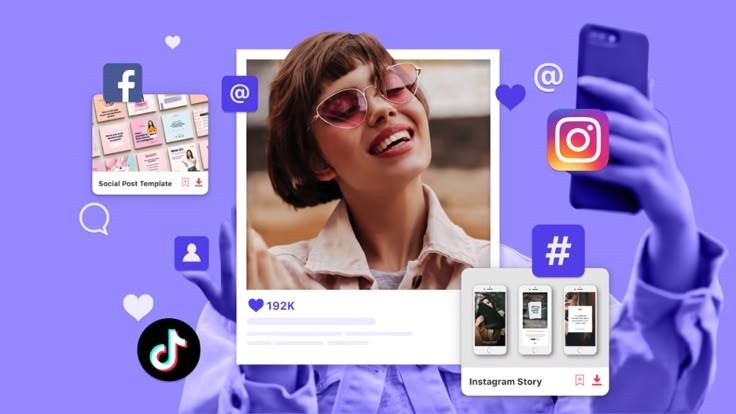



 ${ lang === 'zh' ? '中文': 'ENG' }
${ lang === 'zh' ? '中文': 'ENG' }




 ${ lang === 'zh' ? '中文': 'ENG' }
${ lang === 'zh' ? '中文': 'ENG' }
 ${formatTime('2025-02-20 17:08:39', 2)} ${formatTime('2025-02-20 17:08:39', 3)}, ${formatTime('2025-02-20 17:08:39', 1)}
${formatTime('2025-02-20 17:08:39', 2)} ${formatTime('2025-02-20 17:08:39', 3)}, ${formatTime('2025-02-20 17:08:39', 1)}

Social media is a truly worldwide phenomenon, as evidenced by its large membership base and rapid expansion. With growth in almost every nation on earth, the majority of the biggest social media platforms have worldwide audiences in the millions, if not billions. The distance between nations can vanish thanks to social media’s ability to quickly connect people in hundreds of different countries. With just a few keystrokes, businesses can reach global consumers, offering an unprecedented opportunity to engage with clients everywhere.
Influencer marketing allows companies to collaborate with popular individuals to boost brand awareness. Businesses can partner with influencers who have a large following to promote their goods or services. On social media, people frequently follow those they trust, so when influencers endorse a brand, businesses can leverage that trust to improve conversion rates.
Feedback and recommendations from reliable friends, family, peers, and influencers have a big impact on today's consumers. Customers' willingness to buy something based on a recommendation—even from a stranger—is a key advantage of influencer marketing. Influencers’ platforms and well-established reputations help businesses reach new customers, elevating word-of-mouth marketing to a new level. Whether through Instagram, TikTok, Snapchat, or other platforms, influencer endorsements significantly influence purchasing decisions.
Today, influencer marketing is recognized as a credible and effective marketing strategy. With TikTok's growing popularity, podcasts becoming mainstream, and Instagram shifting towards video and shopping content, consumers now have more control over the content they engage with. This marks a new era of democratic media consumption, where audiences choose whom to trust.
Currently, Gen Z (ages 16-26) comprises 40% of consumers. They spend an average of three hours daily on social media, consuming and creating content while seeking inspiration. As a result of the pandemic, older generations are also increasingly adopting similar digital consumption habits, making a strong online presence essential for brands.
Marketing specialists are now prioritizing influencer marketing. It has evolved from a trend to a fundamental part of modern advertising strategies. Due to its strategic value and measurable returns, influencer marketing goes beyond traditional advertising expenses—many marketers now view it as a revenue-generating tool rather than just an expense.
Influencers create direct connections between brands and target audiences. Since influencers curate a follower base with shared interests—whether in tech, fashion, or beauty—brands can easily connect with relevant consumers. By understanding factors such as age, interests, and lifestyle, influencers provide personalized and impactful content.
For micro and nano influencers, free samples remain the most common form of compensation. Smaller brands with limited budgets can collaborate with lesser-known influencers who still wield significant influence. Micro-influencers charge as little as $100 per post, while nano-influencers may charge between $2-$10. This cost-effective approach allows brands to work with multiple micro-influencers, tapping into engaged communities without breaking the bank.

Most marketers prefer campaign-based influencer collaborations over long-term partnerships. Approximately 67% of brands working with influencers choose campaign-specific projects, often collaborating with the same influencer multiple times. These short-term programs allow brands to experiment with different styles and performance metrics while maintaining flexibility.
The ability to connect with an audience is a key factor in the success of influencer marketing. About 61% of consumers prefer influencers they can personally relate to. While celebrity endorsements still hold weight, brands increasingly prioritize influencers whose values and lifestyles align with those of their consumers. This strategy enhances engagement, trust, and ultimately, conversion rates